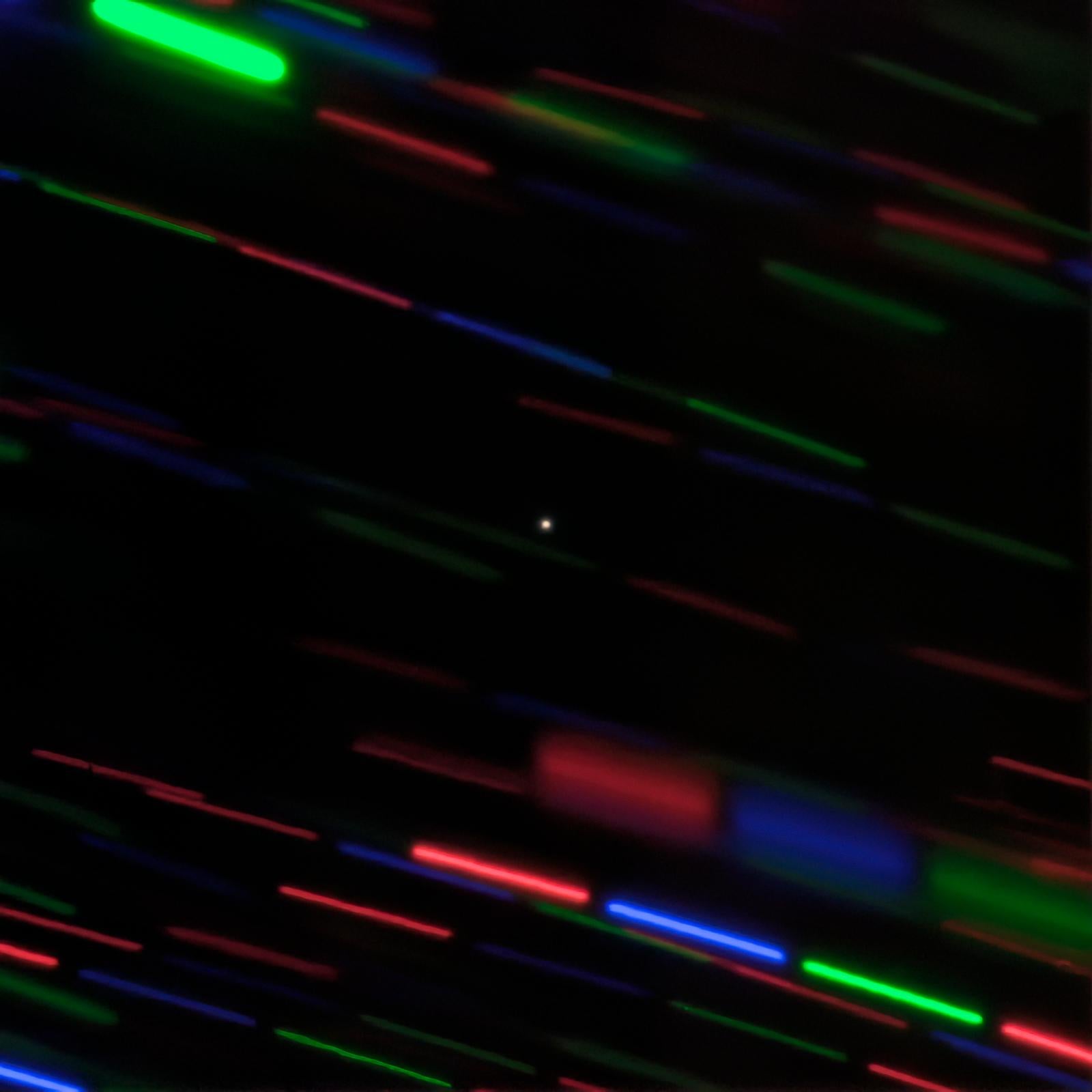‘Mystery object’ in orbit around Earth shown in new images
‘This is a very compelling object and needs more data to determine what it is,’ lead astronomer says
Your support helps us to tell the story
From reproductive rights to climate change to Big Tech, The Independent is on the ground when the story is developing. Whether it's investigating the financials of Elon Musk's pro-Trump PAC or producing our latest documentary, 'The A Word', which shines a light on the American women fighting for reproductive rights, we know how important it is to parse out the facts from the messaging.
At such a critical moment in US history, we need reporters on the ground. Your donation allows us to keep sending journalists to speak to both sides of the story.
The Independent is trusted by Americans across the entire political spectrum. And unlike many other quality news outlets, we choose not to lock Americans out of our reporting and analysis with paywalls. We believe quality journalism should be available to everyone, paid for by those who can afford it.
Your support makes all the difference.Scientists have released new images of a mysterious object that has joined Earth’s orbit.
The object created excitement earlier this week when it was announced that it appeared to be a new “minimoon” that had arrived in Earth’s orbit.
But scientists say it is too soon to say for sure what the mystery object is and further research is required.
Though it could be the artificial object suggested by other astronomers, it might also be an old satellite, or space debris.
“Either way this is a very compelling object and needs more data to determine what it is,” Grigori Fedorets, the lead astronomer for the observations, said in a statement.
Earlier this week, the International Astronomical Union’s Minor Planet Center announced the object had been given the designation 2020 CD3.
Many speculated the object was a rocky asteroid, which would make it only the second natural satellite to be spotted around the Earth, other than the Moon. The only other similar object was spotted in 2006 and has since left its orbit around the Earth.
The newly discovered satellite will also leave Earth’s orbit, in the coming months, leaving astronomers scrambling to get images of the object and understand its origin.
“Obtaining the images was a scramble for the Gemini team because the object is quickly becoming fainter as it moves away from Earth. It is expected to be ejected from Earth’s orbit altogether in April,” said John Blakeslee, head of science at the international Gemini Observatory, which was responsible for the new images.
In the picture, the object can be seen glowing at the centre, with stars streaking across because the telescope was moving to track the object as it moved around the Earth.

The image was taken on 24 February, soon after 2020 CD3 was first spotted.
Astronomers hope to get more images of the object, in an attempt to learn more about it.
They will look in particular to understand how bright it is shining and how much light it reflects – if it is especially dim, then it is likely to be a rocky body, but if it is shining brighter it is more likely to be a reflective piece of debris, such as a used rocket booster.
“Additional observations to refine its position will help us determine this mystery object’s orbit and its possible origin,” he said.
Astronomers expect to find many more such objects as new ways of observing them come online.
The Gemini Observatory is part of the NSF’s National Optical-Infrared Astronomy Research Laboratory, which is currently preparing the Vera C Rubin Observatory, which will scan the sky of seeing yet more similar objects.
“We expect to find a population of these objects once the Rubin Observatory is operational,” said Mr Fedorets in a statement. “Stay tuned!”

Join our commenting forum
Join thought-provoking conversations, follow other Independent readers and see their replies
Comments